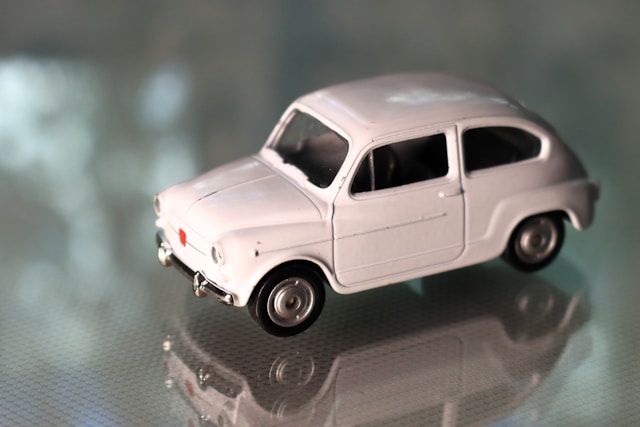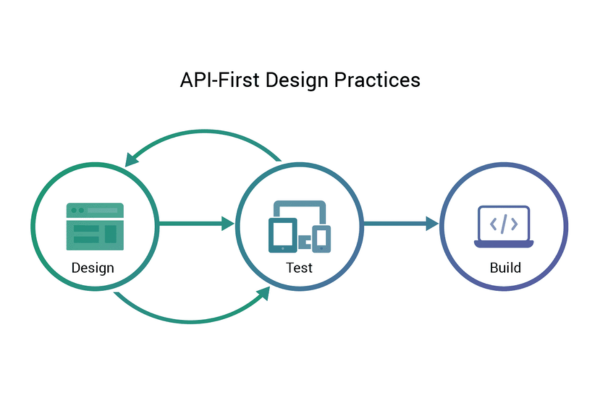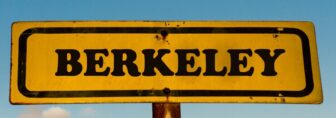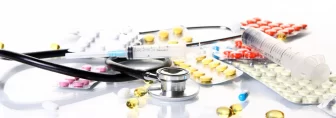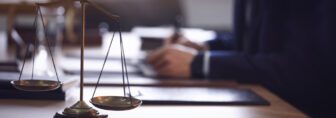How to Determine Liability in a Car Accident: Key Considerations
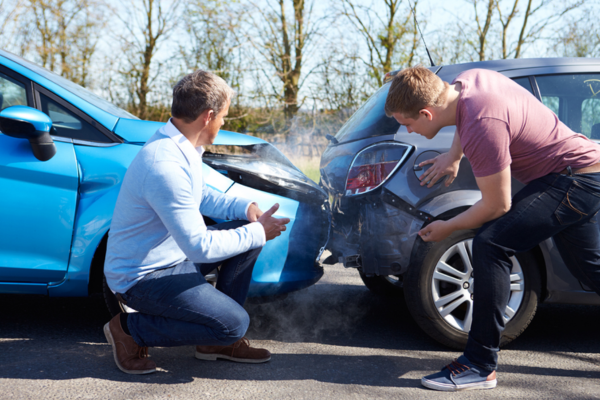
To determine liability in a car wreck, you must analyze fault, gather evidence, and understand traffic laws. Start by documenting the scene with photos and collecting eyewitness accounts, as their statements can clarify what happened.
Police reports provide a neutral perspective, which is necessary for establishing liability. Traffic violations, like running red lights, can indicate apparent fault. Additionally, be aware of comparative negligence; your compensation might decrease if you’re partially at fault.
Staying organized and proactive with documentation can strengthen your case; there’s more to uncover about these critical factors.
Understanding Fault in Accidents
Determining Liability In a Car Accident is never easy. However, understanding faults in accidents is crucial. After you grasp the nuances of the fault during a collision, you can fathom what happened then.
Meanwhile, experts say that each accident is different. So, it is challenging to assume the right strategy to determine liability in a car accident each time. But you can identify the factors that essentially help establish liability in case of an accident.
Let’s take the example of a rear-end collision. No doubt, the prime culprit is the driver who hits you. However, there might be exceptions. For instance, you may have changed lanes without any notice. In that case, the process of determining fault would be very complex.
What would legal heads do?

In such cases, insurers and legal professionals will assess various elements, including traffic laws and driver behavior, to establish who bears responsibility.
After determining liability in a car accident, you must determine how a fault impacts your insurance claim. Once you know that, you can also fathom how much you can save by avoiding such faults.
In addition, it will tell you how you must present the case to ward off additional liabilities on your shoulders. You will have to pay less compensation if you’re not the only one at fault. So, the bottom line is to know how you can effectively present your case.
The bottom line- your understanding can have a grave impact on the outcome of your case.
Ultimately, being informed about fault determination empowers you to make sound decisions following an accident.
You need these principles on multiple occasions. Maybe you are negotiating with an insurance company or going for legal action. You can always expect a fair resolution when you understand what impacts your case.
People may think that they can still do fair and square if they have evidence but don’t know the art of finding who’s at fault. But they forget that it may reshape their experience and the path to their potential recovery.
Importance of Police Reports
How essential is a police report after a car accident? Without valid police reports, you can’t establish liability after an accident. It is also crucial that the police record all accident details so that the concerned parties and the court can process them when needed.
After that incident, you should call the police promptly. At first, they will come to the spot. The,n they will assess and collect evidence. Afterward, they will search for triggers and drivers to put in the charge sheet. Finally, they will file a report.
This report is the official document the court will refer to. Meanwhile, this document will be coted for further and future reference. Hence, it is impossible to write pointers about the importance of this police report.
All I can say is that it is crucial for mentally staging the accident scenario from a neutral perspective. Hence, it will be easier to clarify whose fault it was and what caused the accident.
Need For Report
Having this report is crucial for your insurance claim and any legal proceedings that may follow. It contains key information like witness statements, traffic conditions, and the responding officer’s observations.
Without it, you may struggle to prove your case or defend against false claims. Moreover, insurance companies often rely heavily on these reports when deciding compensation.
If you’re involved in a dispute over liability, the police report can be your strongest ally. So, always request a copy of the report after an accident. It’s not just a formality; it’s a critical document that can significantly influence the outcome of your situation.
Role of Traffic Laws
If you know traffic law, you can easily avoid an accident. Traffic law is the basis for determining fault and imposing liability for the accident on someone. So, the first thing you can do is to read the traffic guide book. Meanwhile, keenly focus on the traffic regulations that portray the aftermath of any accident.
The traffic rules are the rules of the road. So, try not to violate any of the rules. The same will save you during the determination of liability.
When you analyze an accident, consider how traffic laws apply to the specific circumstances. For instance, if a driver ran a red light, that violation could indicate an apparent fault. Conversely, if both parties followed traffic regulations, other factors may come into play, complicating the liability assessment.
Legal implications arise from these laws, affecting insurance claims and potential lawsuits. You strengthen your compensation case if you demonstrate that the other party violated traffic regulations. You can, hence, determine Liability In a Car Accident that goes in your favor.
Conversely, if you’re found to have breached traffic laws, you could be held liable, even if the other driver contributed to the accident.
In essence, a solid grasp of traffic laws clarifies your position in the accident and guides your next steps in pursuing justice.
Eyewitness Accounts

Eyewitness accounts can be crucial in establishing the facts surrounding a car accident. When you’re trying to determine liability, the credibility of these witnesses plays a critical role.
A credible witness has no personal stake in the accident and can provide an unbiased perspective. This credibility can significantly impact how their statements are perceived in legal proceedings.
Moreover, the consistency of eyewitness statements is essential. If multiple witnesses describe the same sequence of events, it reinforces the reliability of those accounts. You should consider whether their details align, as inconsistencies can raise doubts about their reliability.
For instance, if one witness claims a vehicle ran a red light while another insists it was green, it could complicate your case.
To strengthen your position, gather as many eyewitness accounts as possible. Document their statements and contact information for follow-ups.
The more corroborating evidence you have, the better your chances of establishing a clear picture of the accident.
Insurance Company Investigations
When you find yourself involved in a car accident, the role of insurance company investigations can’t be underestimated. These investigations are essential in determining liability and ensuring the claims process runs smoothly.
Insurance adjusters play a pivotal role in this phase; they gather evidence, assess damages, and evaluate the accident’s circumstances.
You might wonder how their findings affect your claim. Insurance adjusters will interview you, witnesses, and any involved parties while reviewing police reports and medical records.
They’re trained to identify inconsistencies and verify facts, which can either strengthen or weaken your case.
Understanding the claims process helps you navigate these investigations more effectively. Be prepared to provide documentation and answer questions truthfully.
A thorough investigation can lead to a fair settlement, but if any information appears misleading or incomplete, it could jeopardize your claim.
Being proactive and cooperative during this phase can significantly impact the outcome. So, stay informed, communicate clearly, and remember that the insurance company’s findings are instrumental in determining liability in your car accident.
Comparative Negligence
After an insurance company investigation, understanding how comparative negligence plays into liability is essential. This legal principle helps determine how fault is shared between parties involved in a car accident.
Difference between comparative and contributory negligence
Comparative negligence is very different from the other. Contributory negligence, any minuscule fault, can stall the recovery process. However, comparative negligence is where the parties pay compensation in proportion to their fault in the scenario.
Suppose your proportion of fault in an accident is 25%. Meanwhile, you can still hold the other party responsible for 75% of the accident damages. At the same time, you can claim the damages from that other party.
We call this- the shared responsibility model. I prefer this one as the outcome is more equitable and fair here. At the same time, it properly reflects the reality of the event. There are in fact, multiple factors in any accident. So, this model helps discover all the factors contributing to any accident.
How do states handle Comparative negligence?
It’s important to know that states handle comparative negligence differently—some follow “pure” comparative negligence, while others have “modified” systems that cap recovery based on a fault threshold. Understanding these nuances can significantly impact your case.
When you’re involved in an accident, recognizing your level of responsibility and how it interplays with the other party’s actions can shape your approach to negotiations or litigation. This knowledge empowers you to navigate the complexities of liability more effectively.
Documenting Evidence
Gathering evidence is essential in establishing liability after a car accident. One of the most effective ways to support your case is through photo evidence. Capture images of the accident scene from various angles, focusing on the vehicles involved, their positions, and any relevant road signs or signals. This visual documentation can provide context and clarify how the accident occurred.
Don’t forget to take close-up shots of any damage to the vehicles and any visible injuries you or your passengers may have sustained. If there are skid marks or debris on the road, photograph those too; they can help illustrate the speed and direction of the vehicles before the crash.
In addition to photos, gather witness statements and their contact information. Eyewitness accounts can further reinforce your claims and provide an unbiased perspective on the incident.
Always document your account of what happened immediately while the details are fresh.
Frequently Asked Questions
Most people ask me these standard questions when truck and havthey e to Determine Liability In a Car Accident. Hence, I am answering their queries here:
How Long Do I Have to File a Claim After an Accident?
You generally have a short timeframe. We call that time- a statute limitation. It is crucial when you have to file your claim after an accident. So, avoid delays. Initiate the claim process quickly. It amplifies your chances of reaching a suitable outcome. Act now!
What if the Other Driver Doesn’t Have Insurance?
Your opposite driver might not have the provision of insurance. In that case, you can ring the court as well. Firstly, you can file a claim in court under the motorist coverage law. At the same time,
If the other driver lacks insurance, you have legal options. Consider filing a claim under uninsured motorist coverage, which can help cover damages and protect your rights in this frustrating situation.
Can I Still Claim that I Was Partially at Fault?
Yes, you can still claim if you’re partially at fault. Under comparative negligence, your compensation may be reduced based on your fault percentage. Understanding fault determination helps you maximize your recovery despite your involvement in the accident.
How Can I Find a Good Accident Attorney?
To catch a genuine accident attorney, ask for referrals or search online. You may also check out reviews of organic audiences. They often share their experience over various websites.
Be smart. Use the tips that they share. They often share secret tips to check out when you need an expert attorney for serious accidents.
When someone can understand your needs, they will also try to stand by you in court effectively.
Will My Insurance Premiums Increase After an Accident?
Yes, your insurance premiums might increase after an accident. Insurance rates often rise following accident claims, especially if you’re deemed at fault. Reviewing your policy and understanding how it affects your future premiums is essential.
Conclusion
Determining liability in a car accident is essential for ensuring fair compensation and accountability. By understanding fault, leveraging police reports, and considering traffic laws, you empower yourself in the claims process.
You need serious eyewitnesses to strengthen your case and determine Liability In a Car Accident. Firstly, the eyewitnesses can bail out any comparative negligence claim while driving.
They can also help you to make yur case stronger. So, don’t leave your future just like that. Most importantly, don’t take chances.
You need to take tangible steps to establish liability. Start with acting early. Then, do what’s required to protect your post-accident rights.
Also read




